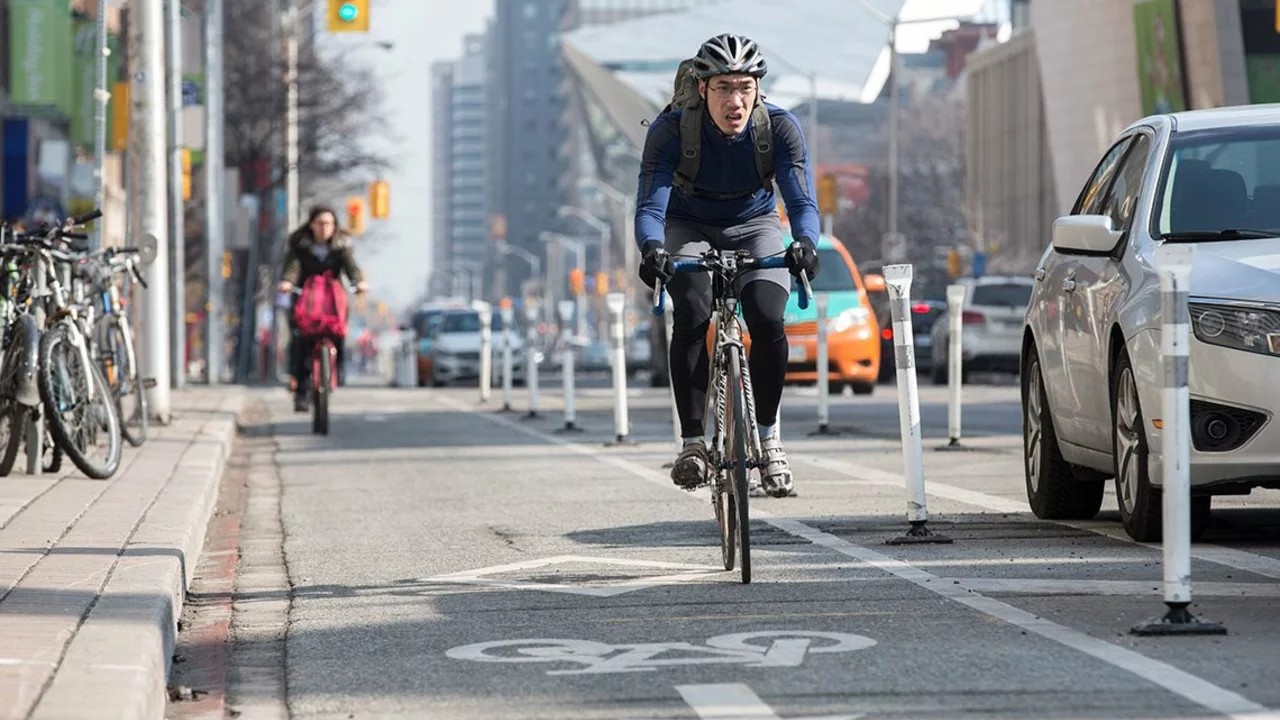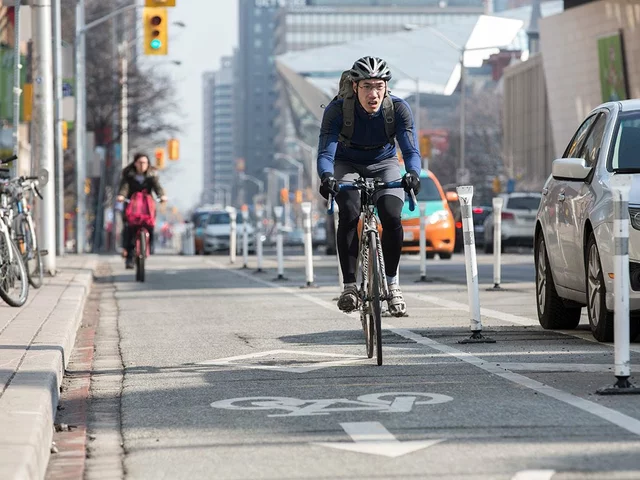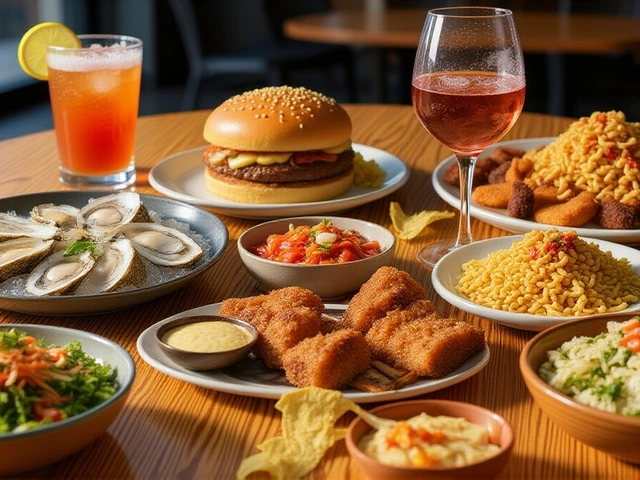Bike Safety Tips – Stay Safe on Every Ride
Whether you’re cruising downtown or tackling a mountain trail, bike safety starts with simple habits you can adopt today. A solid safety routine doesn’t require a lot of time or money—just a bit of awareness and the right gear.
Essential Gear
The first thing most riders overlook is a proper helmet. It’s not a fashion accessory; it’s a life‑saver. Choose a helmet that fits snugly, covers your forehead, and passes safety certifications. Adjust the straps so they stay tight even when you shake your head.
Next up are lights and reflectors. A bright front light and a red rear light make you visible in low‑light conditions. Stick a small reflector on your pedals or wheels so drivers can see you from the side. Even a reflective vest or wrist bands add a big safety boost, especially during early morning rides.
Gloves, padded shorts, and sturdy shoes protect you from road rash and provide better control. If you ride in wet weather, opt for waterproof shoes or at least shoes with good grip. Remember, the right shoes let you clip into the pedals securely without slipping.
Smart Riding Habits
Look ahead and plan your route. Busy streets often have hidden hazards like potholes, gravel, or parked cars that open their doors abruptly. Scan the road a few seconds ahead and adjust speed accordingly.
Signal every turn. A quick hand wave tells drivers your intention and reduces surprise reactions. Use the same signal at intersections, even if you think a car can see you.
Stay predictable. Ride in a straight line, follow lane markings, and avoid sudden swerves. When you need to change lanes, give a clear signal and make the move gradually.
Maintain your bike regularly. Check tire pressure before each ride—under‑inflated tires increase rolling resistance and can cause pinch flats. Inspect brakes for wear; they should stop the bike smoothly without squealing.
If you’re riding in a group, keep a safe distance. Drafting can save energy but also reduces reaction time. A gap of at least one bike length per 10 km/h is a good rule of thumb.
Know the rules of the road. In Spain, cyclists share the road with cars and must obey traffic signals. Riding on the sidewalk is only allowed where local laws permit it, and even then you should yield to pedestrians.
In case of an accident, stay calm. Move out of traffic if possible, check yourself for injuries, and exchange contact information with any drivers involved. A quick photo of the scene can help with insurance claims later.
Finally, practice emergency maneuvers in a safe area. Learn how to brake hard without skidding, how to lift the front wheel over obstacles, and how to recover balance when you’re bumped. Rehearsing these moves builds muscle memory, so you react instinctively when real danger appears.
Bike safety isn’t a one‑time checklist; it’s a habit you build ride after ride. By equipping yourself with the right gear, staying alert, and respecting traffic rules, you keep the fun of riding alive while protecting yourself and others.
Well, my friends, we're diving into the age-old debate of biking in the suburbs versus the city. Now, if you're a thrill-seeker, you might argue that the city's hustle and bustle make for an exciting ride. However, the 'burbs, with their peaceful streets and fewer cars, tend to take the cake for safety. So, if you want your heart to race, go city. But if you fancy keeping all your teeth intact, I'd suggest the suburbs. Happy pedaling!
Read more





